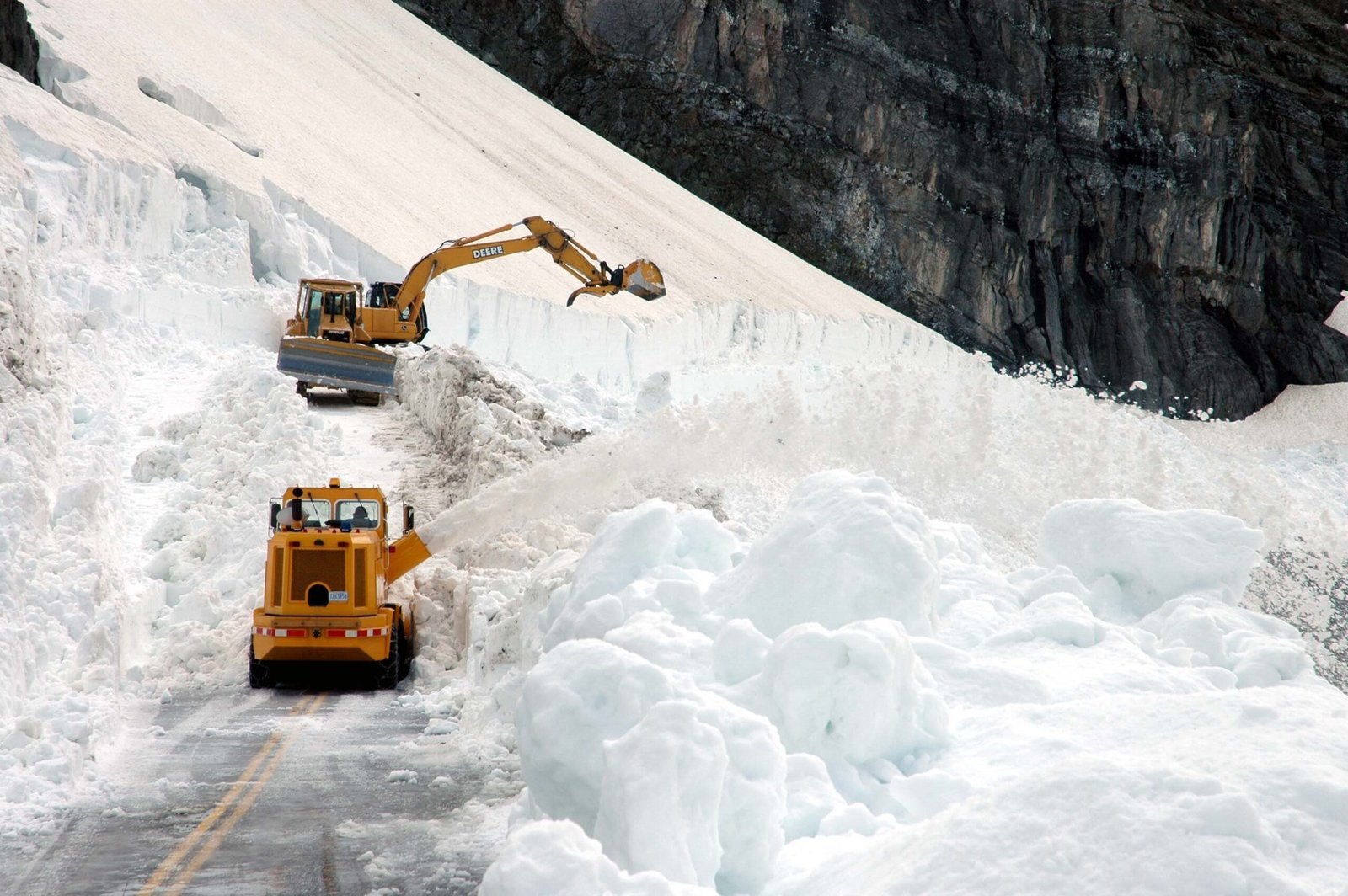Glacier National Park, located in northwest Montana, boasts a diverse forest ecosystem with several dominant tree species. The park’s landscape is primarily characterized by coniferous trees, including western redcedar, western hemlock, and whitebark pine. These species play crucial roles in the park’s ecology, providing habitat for wildlife and contributing to the overall biodiversity. Additionally, deciduous trees like aspen and black cottonwood add to the forest’s complexity, especially in riparian areas.
What Are the Main Coniferous Trees in Glacier National Park?

Western Redcedar (Thuja plicata)
Western redcedar is a prominent coniferous tree in Glacier National Park, known for its longevity and distinctive features:
- Lifespan: Can live up to 1000 years in moist areas
- Appearance: Recognizable by flat, fan-like boughs
- Bark: Vertically striped, strand-like texture
- Cones: Small and flowery
Growth Pattern and Habitat
- Thrives at low to mid elevations
- Prefers moisture-retaining areas
- Often found on north-facing slopes or in mature forests
Ecological Significance
- Wood highly valued for decay resistance
- Traditionally used by Indigenous peoples for:
- Clothing
- Canoe construction
- Tool making
Western Hemlock (Tsuga heterophylla)
Western hemlock is another dominant coniferous species in the park’s old-growth rainforests:
- Height: Can grow up to 30-50 meters
- Needles: Short
- Cones: Small, 1-3 cm in length
Growth Characteristics
- Thrives in deep shade
- Seedlings often grow on rotting ‘nurse’ logs
- Key component of interior temperate rainforest
Cultural and Ecological Uses
- Boughs used by Indigenous people for:
- Bedding
- Natural deodorant
- Disinfectant
Whitebark Pine (Pinus albicaulis)
Whitebark pine is a high-elevation species with unique characteristics:
- Growth Pattern: Twisted limbs and sprawling crown
- Needles: Long, in bundles of five
- Cones: Hard and woody, containing large pine nuts
- Lifespan: Slow-growing, can live over 700 years
Habitat and Ecological Role
- Found at treeline
- Important keystone species
- Provides critical food for:
- Small mammals
- Bears
- Birds
Conservation Status
- Currently endangered due to:
- White pine blister rust
- Fire suppression
- Competition from shade-tolerant trees
What Deciduous Trees Are Present in Glacier National Park?

While coniferous trees dominate, deciduous species also play important roles in the park’s ecosystem:
Aspen (Populus tremuloides)
- Forms large stands
- Contributes to diverse canopy composition
- Important in transition zones between coniferous forests and meadows
- Provides habitat for various wildlife
Black Cottonwood (Populus trichocarpa)
- Common along rivers and streams
- Adds diversity to forest canopy, especially in riparian zones
- Crucial for:
- Stabilizing riverbanks
- Providing habitat for aquatic and terrestrial species
What Challenges Do Dominant Trees Face in Glacier National Park?
Disease Impact
The dominant tree species in Glacier National Park face several challenges:
- White Pine Blister Rust
- Severely affects whitebark pine
- Has killed about 50% of whitebark pines in the park
-
Infected most remaining whitebark pines
-
Climate Change Effects
- Alters fire regimes
-
Allows shade-tolerant trees to outcompete high-elevation species like whitebark pine
-
Fire Suppression
- Changes natural forest dynamics
- Impacts species composition and distribution
How Can Visitors Learn About and Appreciate Dominant Trees in Glacier National Park?
Glacier National Park offers various educational programs and resources for visitors to learn about its dominant tree species:
- Tree Identification Tools
- National Park Service provides a “Tree Key” on their Park Fun page
-
Helps visitors identify different tree species within the park
-
Guided Tours
- Participate in tours focusing on park ecology and tree conservation
-
Learn from knowledgeable park rangers and naturalists
-
Educational Programs
- Attend programs highlighting the importance of dominant tree species
-
Understand the role of trees in the park’s ecosystem
-
Conservation Efforts
- Learn about whitebark pine restoration projects
-
Understand the use of prescribed fire and rust-resistant tree planting
-
Interpretive Signs
- Read informative signs throughout the park
- Gain insights into tree species, their habitats, and ecological roles
By engaging in these activities, visitors can gain a deeper appreciation for the dominant tree species in Glacier National Park and their crucial role in maintaining the park’s unique ecosystem.
References: